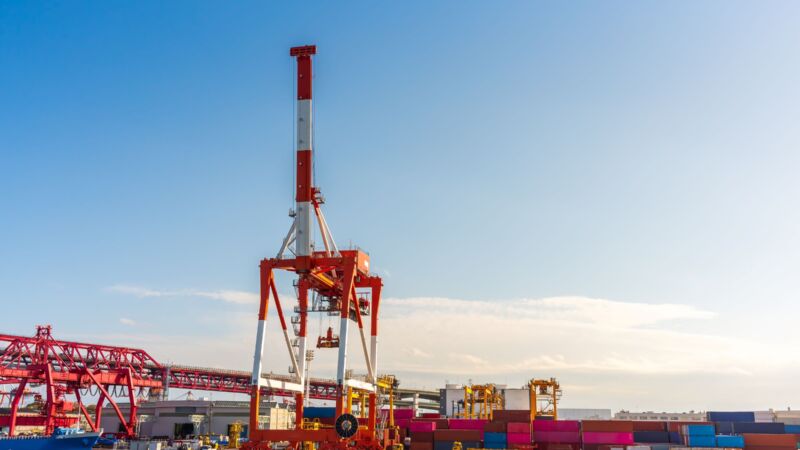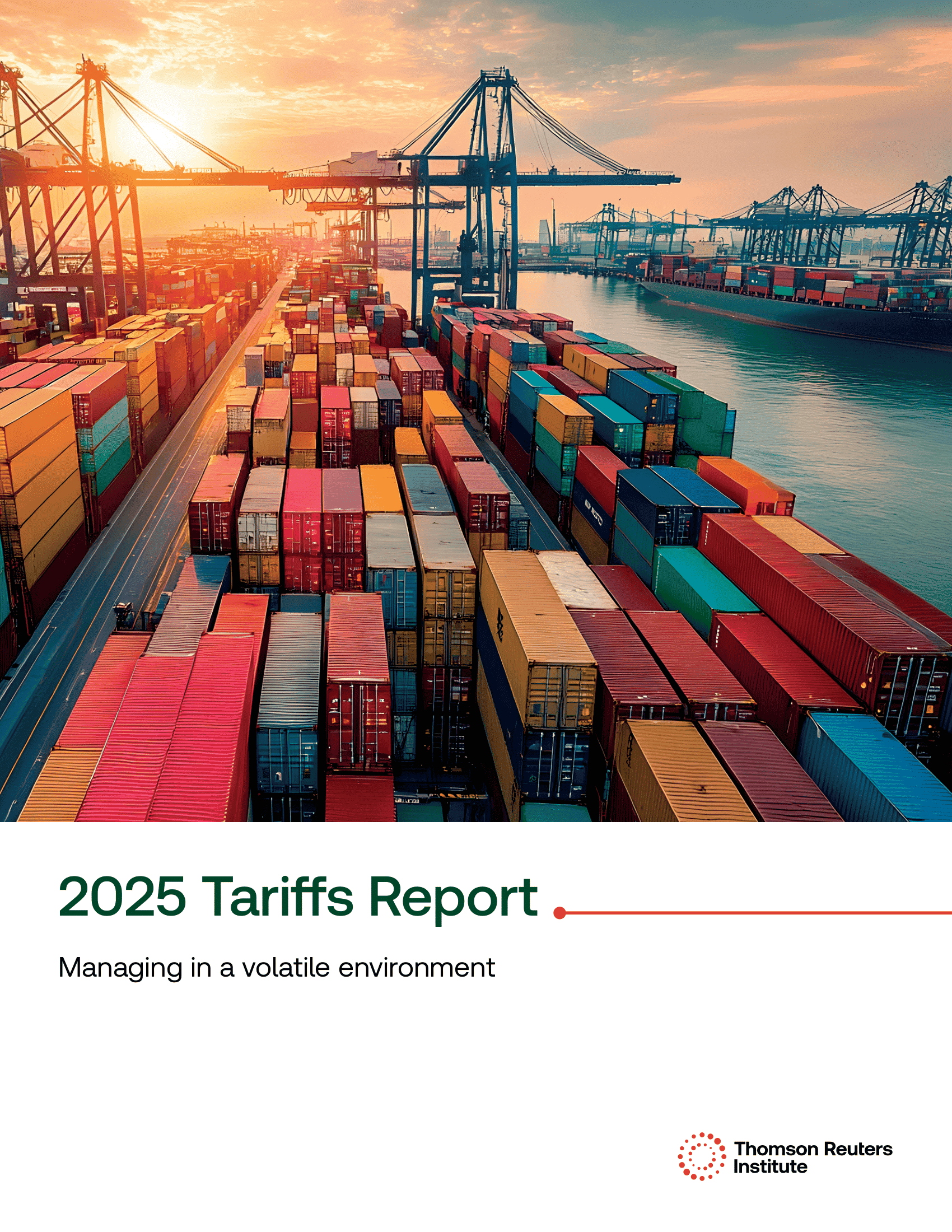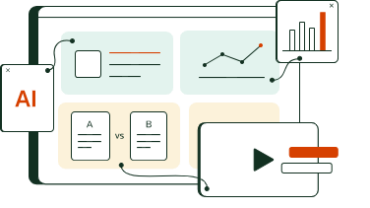This is the second in a series of blog posts examining product solutions that can help specialists and strategists master tariff compliance. In the previous post, we explored how ONESOURCE Free Trade Agreements can minimize the impact of tariffs.
Highlights:
|
As companies deal with the new global environment of tariffs from and to the United States (U.S.), they’re desperately seeking ways to protect their bottom lines. One significant way they can do that is through a foreign trade zone (FTZ).
FTZs let importers save money by putting off customs duties, taxes, and tariffs. They also help importers deal with bureaucratic rules less. Those two effects will help improve speed to global markets and increase competitiveness.
Many companies are already taking advantage of the benefits of an FTZ, but if you’re not, you may be missing out on a chance to minimize the impact of tariffs. And even if you are, do you have the processes to make operating your FTZ as efficient as possible? Read on to discover how to effectively use FTZs for maximum impact.
|
|
What are foreign trade zones?
FTZs were created by the Foreign-Trade Zones Act of 1934 to expedite and encourage foreign commerce in the U.S. At the time, the U.S. government was seeking ways to level the playing field against growing foreign competition. As of 2022, there were 197 active FTZs in the United States, with 1,200 active FTZ operations.
FTZs are designated geographical areas in or near a customs port of entry. Think of them as small foreign areas within the United States. Because they’re considered “foreign areas,” companies are exempt from paying U.S. customs duties or taxes on products entering these zones’ warehouses. Instead, the customs duties and taxes are paid when the product exits the FTZ for the U.S. domestic market—or not at all if the product is exported to a foreign country.
This deferral can significantly improve cash flow because companies can allocate resources more efficiently and avoid large upfront payments. Companies can also strategically time duty payments to align with sales periods, ensuring that revenue from sales can cover the costs without needing extensive capital in advance. That can result in millions of dollars in savings.
A Foreign Trade Zone (FTZ) stands out among trade programs due to its unique impact on warehouse operations. Typically, once goods are imported, the receiving team’s primary focus is on receiving them into the warehouse, without much concern for their origin. However, with FTZs, the origin and movement of goods within the warehouse are crucial.
This is because goods in an FTZ have not yet been taxed by customs. Therefore, they need to be tracked and reported carefully as they move through the warehouse to make sure they follow customs rules. This level of tracking and accountability is essential to manage the goods that are stored within the warehouse without having paid customs duties on them, which is a key aspect of FTZ operations.
ONESOURCE FTZ Management for increased efficiencies and maximum savings
ONESOURCE Foreign Trade Zone Management enables companies to track products from the moment they enter the warehouse, including essential information such as the origin of the product, until the moment it is shipped.
Reporting and record-keeping criteria differ for FTZs than for traditional importers. ONESOURCE is built for that. It allows companies to manage all aspects of their FTZ operations from a single, web-based platform, including e-filing all U.S. Customs and Border Protection (CBP) documentation, thereby mitigating risks and ensuring adherence to CBP requirements. Its inventory processing capabilities and automated built-in checks also help ensure compliance.
The reporting and analytics within ONESOURCE Foreign Trade Zone Management enables companies to create reports as needed, providing valuable insights into their FTZ operations. The software facilitates the transfer of goods between FTZs, optimizing the supply chain and reducing costs. Automation of report creation saves compliance and supply chain specialists valuable time. ONESOURCE’s reports include warehousing details, material usage, supply chain records, and customs classifications.
Its single source of truth provides visibility across the entire process to improve inventory accuracy, track merchandise location and status, and manage inventory movements within the FTZ.
Notably, the software integrates well with existing systems. It can interface with external partners, allowing for seamless data exchange and collaboration. This includes the Automated Commercial Environment (ACE) system, streamlining the reporting process and avoiding duplicate work.
Avoid and delay tariffs with a foreign trade zone
In a time of increasing tariffs for U.S. imports, an FTZ can help you avoid or reduce the cost of duties and taxes. If your company hasn’t established an FTZ, now is a good time to establish one. Building one from the ground up typically requires approximately six months to obtain regulatory and legal approvals through the CBP and the FTC Board.
While you’re working through that process, it’s a good opportunity to collaborate with a solutions provider to implement an inventory control and record-keeping system (ICRS), such as ONESOURCE Foreign Trade Zone Management. That way, you ensure all applicable transactions needed for FTZ reporting are defined and tested for compliance before the FTZ goes live.
|
Kimberly Coyne, Product Manager, Corporate Tax and Trade, Thomson Reuters
Ready to set up or optimize your FTZ management? Learn more about ONESOURCE Foreign Trade Zone software.
At Thomson Reuters, we understand that navigating the complexities of tariff compliance in global trade requires a multifaceted approach. While no single solution can address every challenge associated with tariffs, our suite of products is designed to tackle key elements of these issues effectively. ONESOURCE Foreign Trade Zone is just one such solution.
We previously told you about ONESOURCE Free Trade Agreement Management. Come back and learn how ONESOURCE Duty Optimization and Global Classification AI can help you master tariff compliance.










